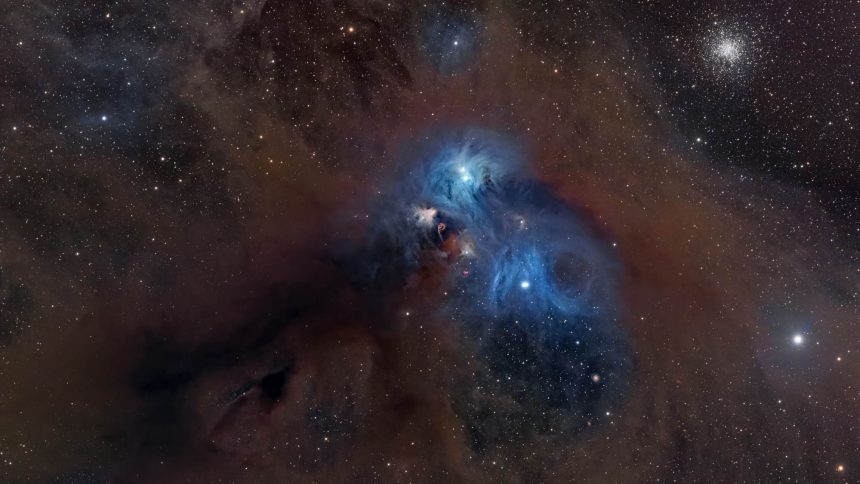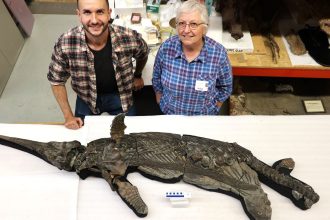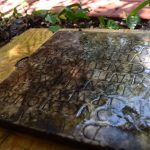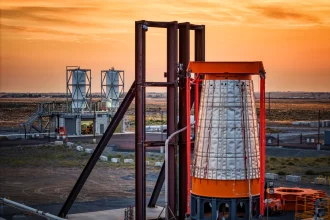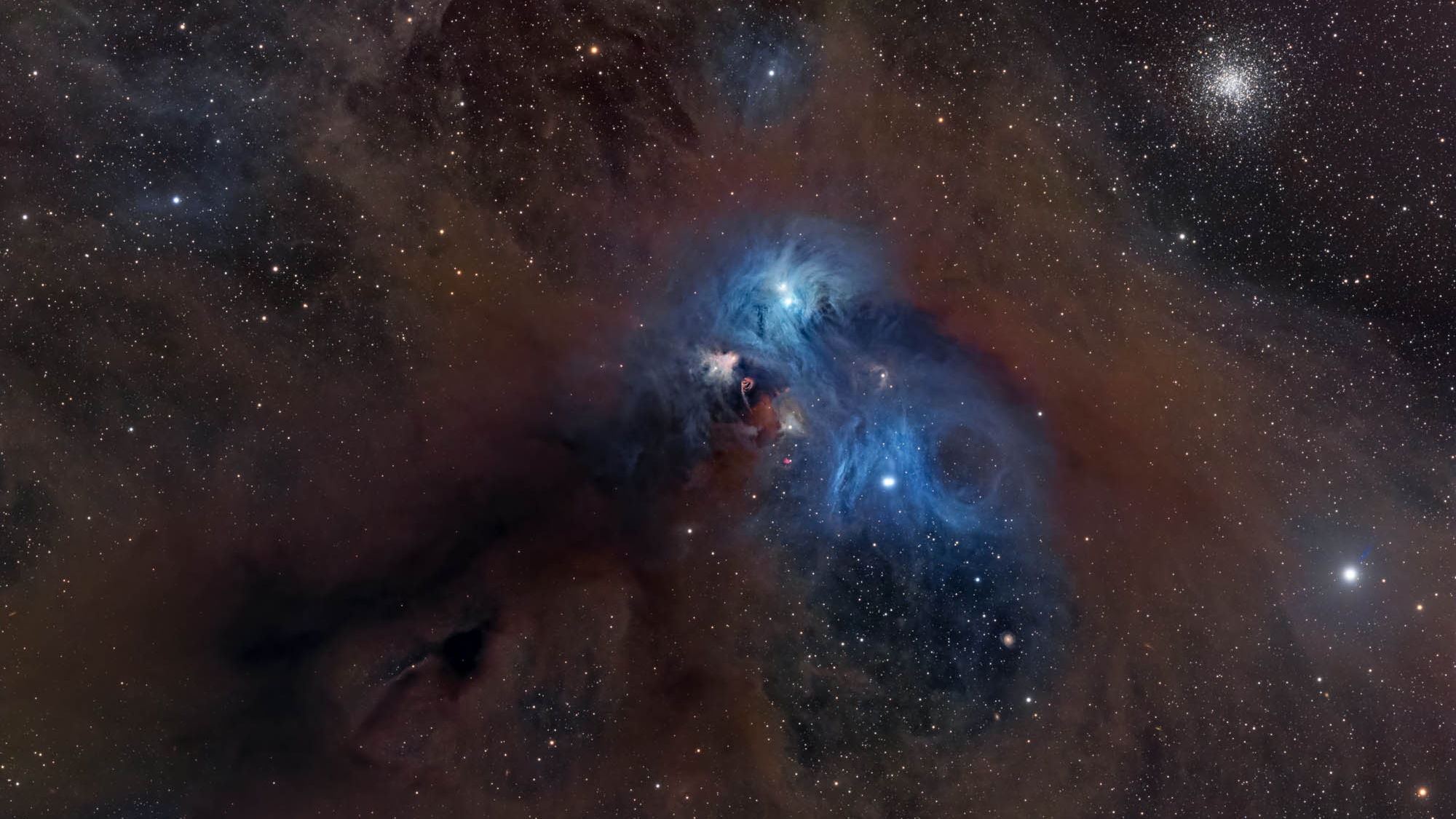
The Raging Baboon Nebula, as captured by astrophotographer Greg Meyer in 2025. (Image credit: Greg Meyer)
Astrophotographer Greg Meyer has captured a star-studded nebula scene that conjures the image of a colossal baboon raging in the depths of space.
The outline of the cosmic simian’s mouth and face are sculpted from a colossal cloud of molecular dust located some 500 light-years from Earth in the constellation Corona Australis, while the blue glowing eyes are formed from blue reflection nebulas.
The region is colloquially referred to as the Rampaging Baboon Nebula due to its resemblance to the colorful face of a Mandrill. It can be seen in Earth’s sky close to the globular cluster NGC 6723, which is visible to the upper right of Meyer’s deep-space vista. The cluster sits some 30,000 light-years away from the solar system and contains hundreds of thousands, if not millions of stars.
You may like
ZWO ASI533MC Pro
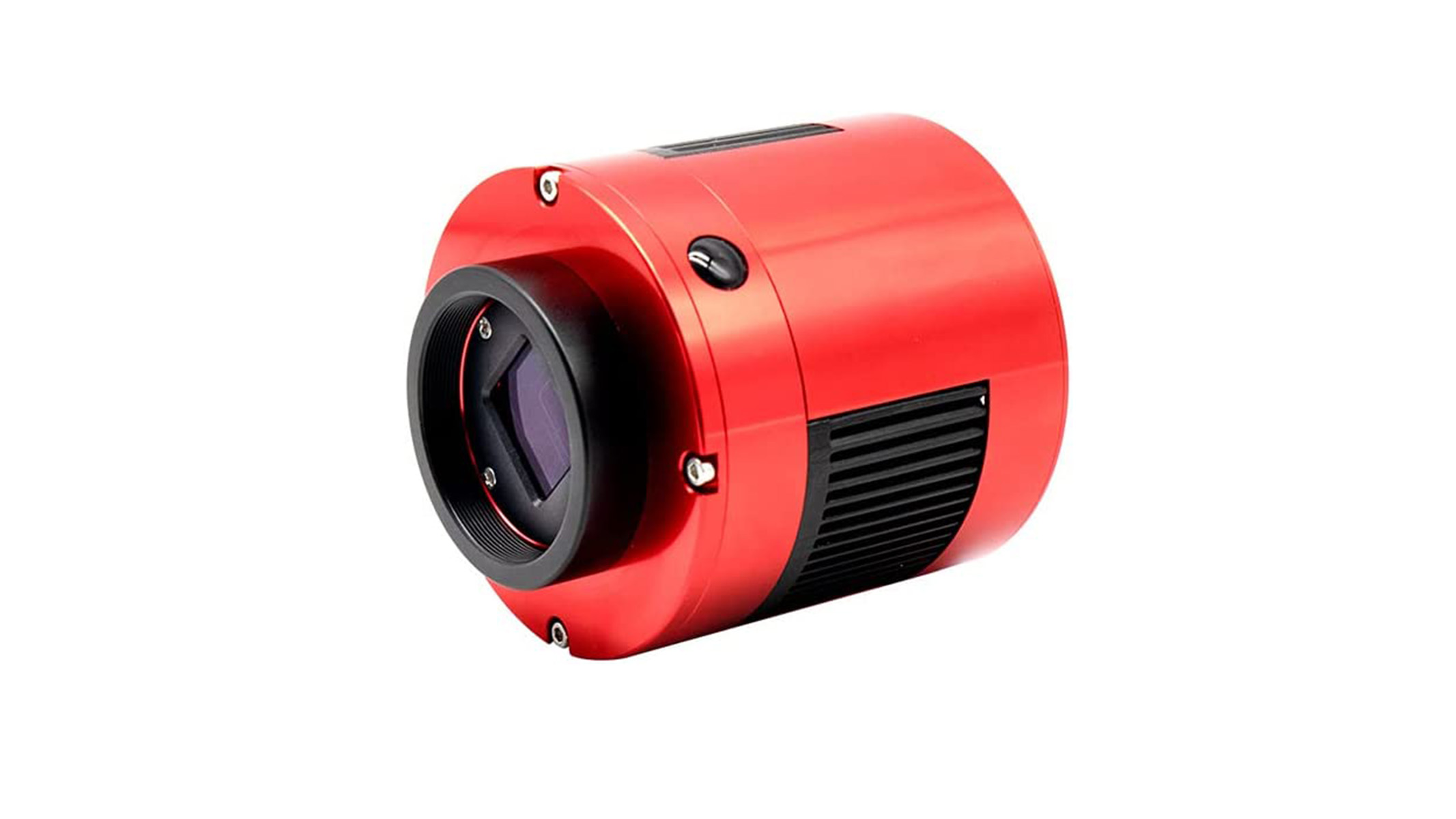
(Image credit: Amazon)
The ZWO ASI533MC Pro camera is the best dedicated astro camera out there, in our opinion. It features zero amp glow, 80% quantum efficiency and a 20FPS frame rate. Check out our ZWO ASI533MC Pro review for a more in-depth look.
Meyer captured the scene over the course of 13 nights spread throughout June, July and August earlier this year using an Esprit 120mm telescope in conjunction with a QHY 268M astronomy camera and accessories from the Starfront Observatory in Texas.
A grand total of 16.5 hours observation time was needed to collect the ancient light, after which the astrophotographer set about editing the image in Photoshop, Lightroom and Pixinsight.
“I saw images with some oxygen, but OMG it [was] faint,” Meyer told Space.com in an email. “I kept shooting, and finally said enough. My scope is f7, so even with 200 x 10 min [exposures] the oxygen was faint, so I did my best to bring it out a little for some contrast.”
Interested in capturing the nebulas and galaxies of the universe for yourself? Then be sure to check out our roundups of the best telescopes and astrophotography cameras and lenses available in 2025.
Editor’s Note: If you would like to share your astrophotography with Space.com’s readers, then please send your photo(s), comments, and your name and location to spacephotos@space.com.

